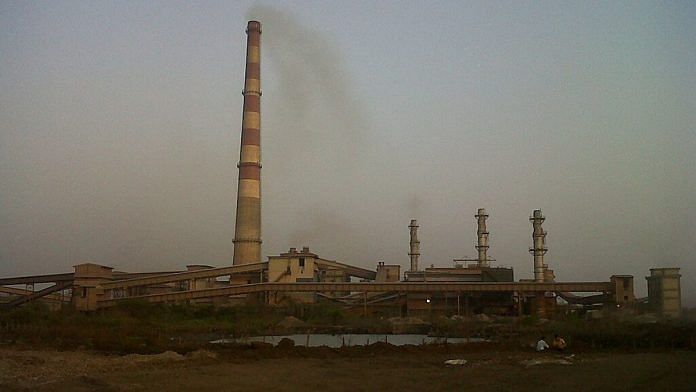New Delhi: India’s carbon dioxide emissions were projected to rise by 1.4 per cent in 2025, marking a slower increase than in previous years, according to a report published on Thursday by a global network of more than 130 climate scientists and research institutions.
The slowdown is attributed to an early monsoon that reduced cooling demand and to rapid growth in renewable energy, which kept coal use almost flat, the Global Carbon Budget 2025 report, released at COP30 in Belem, Brazil, said.
Despite this moderation, the report warned that India’s emissions continue to grow overall.
Globally, fossil-fuel carbon dioxide (CO2) emissions were expected to reach a record 38.1 billion tonnes in 2025, up about 1.1 per cent from 2024.
China’s emissions were projected to rise by about 3 per cent in 2025, driven mainly by continued industrial activity and growth in coal consumption despite record renewable additions.
The United States, the world’s second-largest emitter, is expected to see its emissions fall by around 2.2 per cent due to declining coal use and slower oil demand.
The European Union’s emissions were projected to drop by 4.2 per cent.
Together, these four top emitters account for nearly 60 per cent of global fossil CO2 emissions.
The study said the remaining carbon budget consistent with limiting warming to 1.5 degrees Celsius has fallen to roughly 170 billion tonnes of CO2, barely four years of emissions at current levels.
Atmospheric CO2 concentrations are projected to climb to 425.7 parts per million next year, around 52 per cent above pre-industrial (1850-1900) levels.
The report said the planet’s ability to absorb CO2 through land and ocean sinks is weakening.
The scientists estimated that about 8 per cent of the increase in atmospheric CO2 since 1960 is due to climate change reducing the effectiveness of these natural sinks.
The land sink dropped sharply during the 2023-24 El Nino and is only partly recovering as higher temperatures cut plant productivity and raise respiration.
The ocean sink, which absorbed about 29 per cent of emissions over the past decade, has shown little growth since 2016 because warmer water holds less CO2.
Global emissions from land-use change, such as deforestation, were projected to decline to around 4.1 billion tonnes of CO2 in 2025 as the El Nino event subsides, the report said.
Lead author Pierre Friedlingstein said that with CO2 emissions still increasing, keeping global warming below 1.5 degrees Celsius is “no longer plausible”.
The report noted that 35 countries succeeded in lowering emissions while expanding their economies between 2015 and 2024, twice as many as a decade ago. PTI GVS KVK KVK
This report is auto-generated from PTI news service. ThePrint holds no responsibility for its content.






